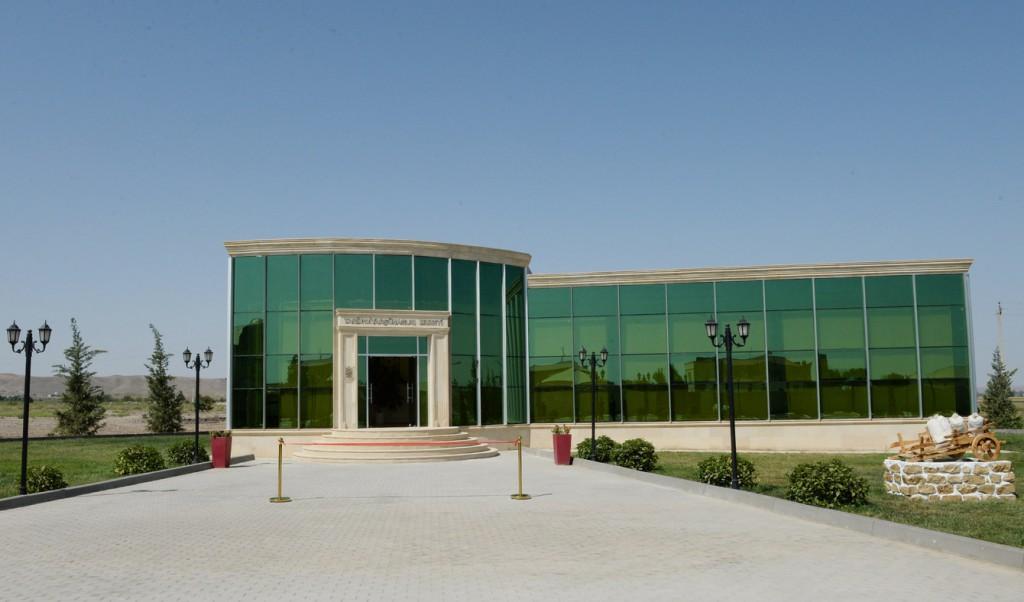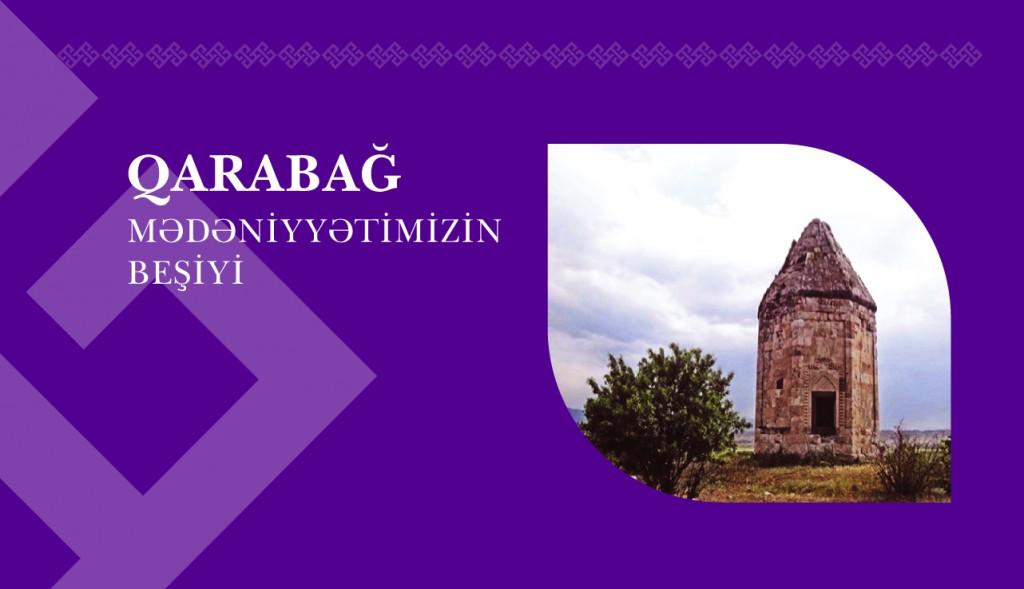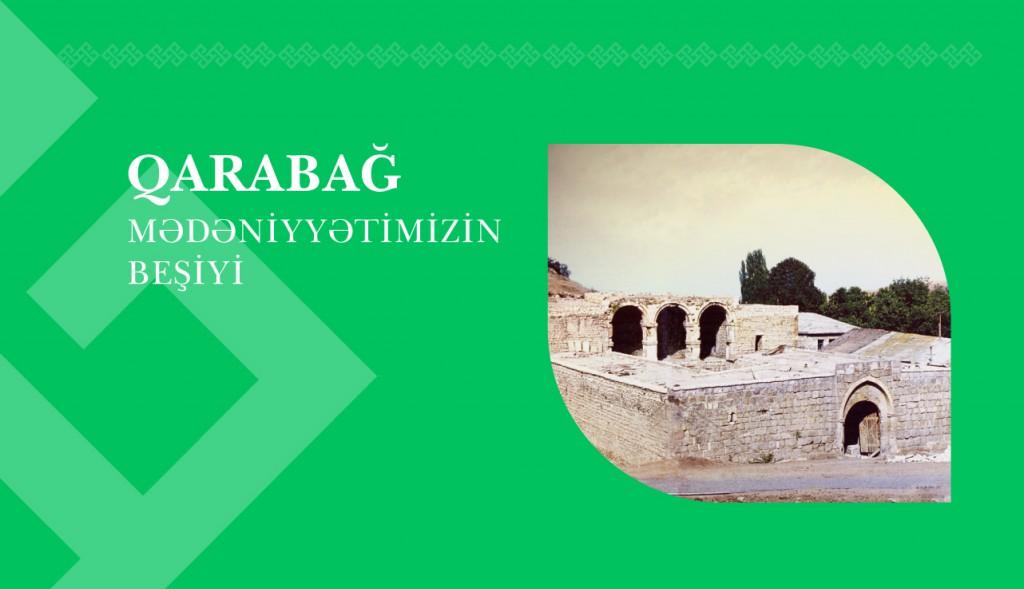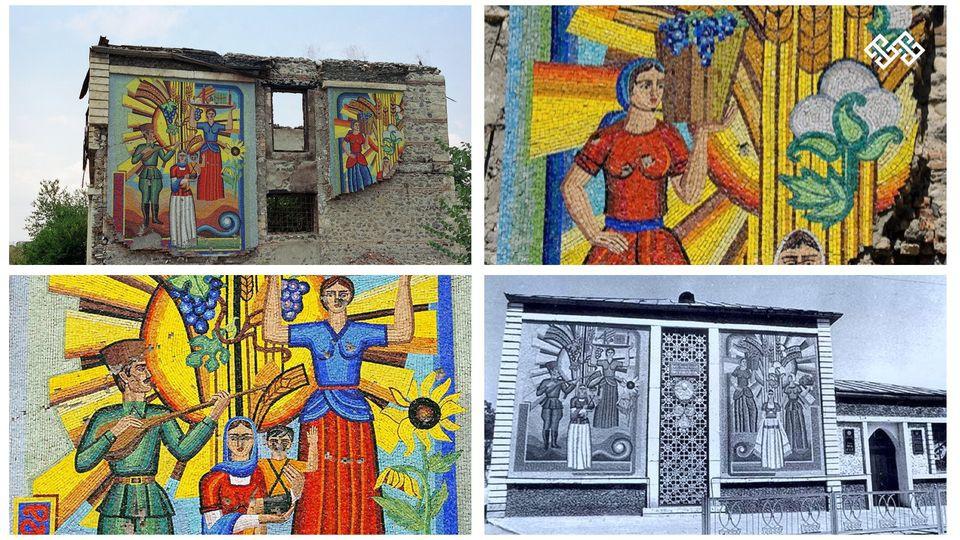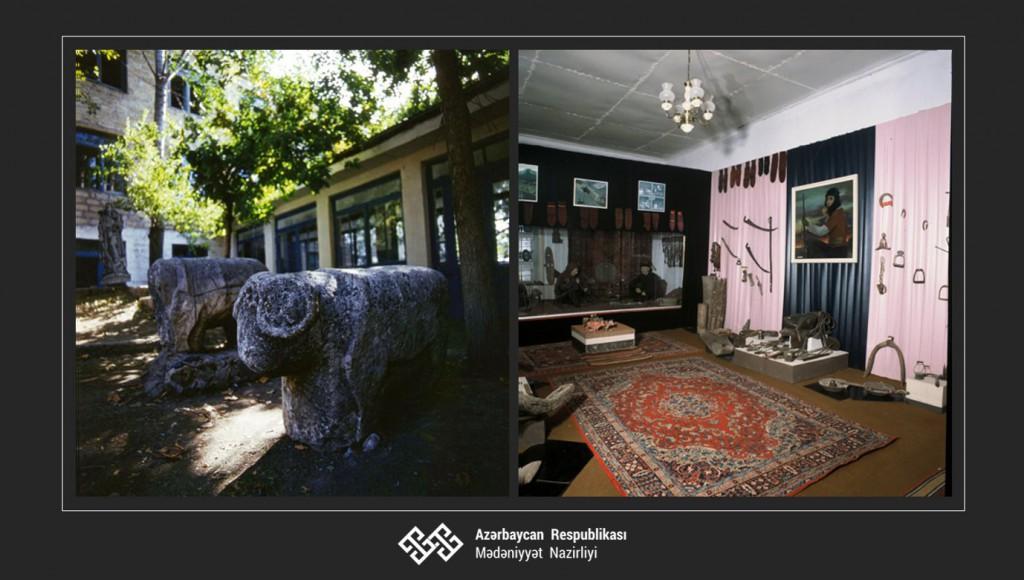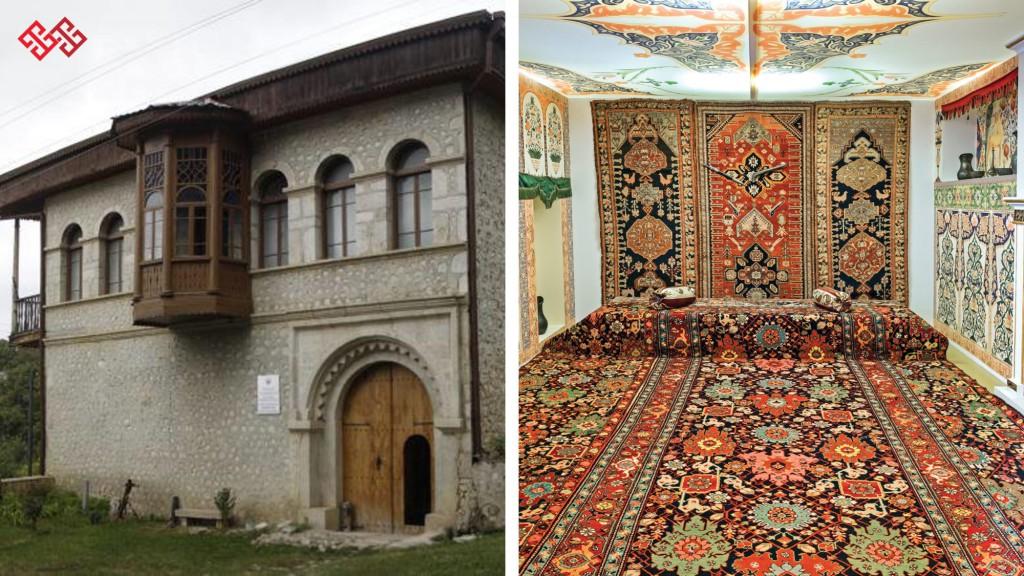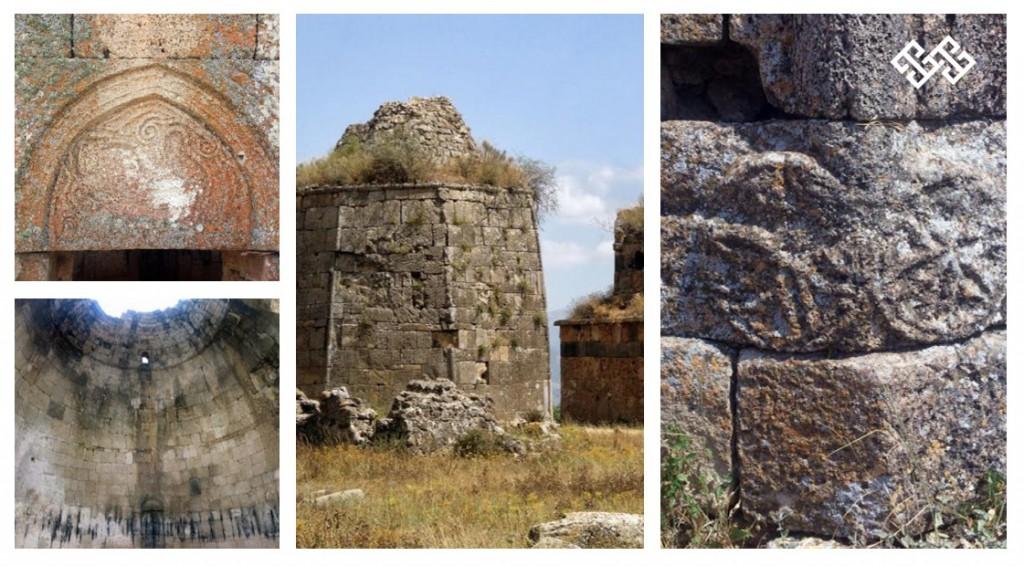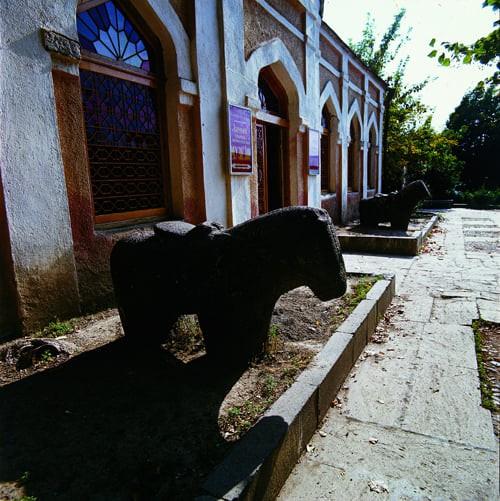Azerbaijani monuments in Armenian occupation [PHOTO]
![Azerbaijani monuments in Armenian occupation [PHOTO]](https://www.azernews.az/media/2020/10/20/yukhari_govhar_agha_mosque.jpg)
By Laman Ismayilova
The Cultural Ministry has provided insight into historical and cultural sites located on Azerbaijan's territories occupied by Armenia.
The initiative is carried out through the project "Karabakh is the cradle of our culture" which aims at spreading facts about Armenian vandalism against Azerbaijan.
Fuzuli Museum of History and Ethnography
After the occupation of the Fuzuli region by Armenia in 1993, the Museum of History and Ethnography of Fuzuli has resumed its activities in Baku based on partially saved exhibits. A new building for the museum was built in Horadiz settlement.
Artistic design works were carried out at the museum in 2014. The area of the museum is 345 m2. The museum's collection includes 5,197 exhibits.
Yukhari Govhar Agha Mosque
The Yukhari Govhar Agha Mosque (The Upper Govhar Agha Mosque) in Shusha was constructed by Karbalayi Safikhan Sultanhuseyn oglu Garabaghi by the instruction of Govhar agha, daughter of Ibrahimkhalil khan, in 1883-1884. A mosque had been built with cane and thatch in the place of today’s mosque during the power of Panahali khan. The mosque constructed by Panahali khan was replaced with stone by Ibrahimkhalil khan in 1768.
Later, in its place, the mosque called "Yukhari Govhar Agha" was constructed that existed up until today. Armenia is willing to falsify the history by making serious changes in the interior of the mosque as "restoration". Dissemination of photos of the mosque on various internet sources proves it clearly.
Mammadbeyli tomb
The tomb, located in Mammadbeyli village of Zangilan region was built in 1305 in honor of Muhammad al-Haj's son Yahya.
The architect and builder of the tomb is Ali Majdaddin, who created monuments on the Great Silk Road during the 14th century. The current state of the tomb after the occupation of Zangilan district by Armenia is unknown.
Gargabazar Caravanserai
Although it is named after the village where the Caravanserai was built in the center of Gargabazar village of Fuzuli region in 1681, this historical monument is sometimes called Shah Abbas caravanserai.
A relic of the 17th century - Gargabazar Caravanserai was located on an ancient caravan route that was very important for the silk trade.
The caravanserai is considered one of the immovable historical monuments of Azerbaijan.
After the occupation of Gargabazar village by Armenians, they turned this historical and architectural monument into a cattle barn.
Aghdam Bread Museum
The Aghdam Bread Museum, the second bread museum in the world and the first and only in the CIS, was opened in November 1983.
Fossilized ancient grains, rare sorts of cereals, numerous valuable books on grain farming, manuscripts, also labor tools - wooden plough, threshing board, toothed sickle, reaping hook, hand-mill and thresher were among the exhibits collected in the museum.
A missile fired by Armenians on August 12, 1992, put an end to the existence of the Aghdam Bread Museum and about 1,500 exhibits in the museum were burned down.
Kalbajar Museum of History and Ethnography
Kalbajar Museum of History and Ethnography was established in 1982. After the occupation of Kalbajar region by Armenia, the museum ceased to exist, its collection was completely lost. Since 1993, the museum has been partially restored in Baku. It is currently operating on the ground floor of a residential building in Mehdiabad. The museum houses nearly 6,237 exhibits.
Shusha Branch of the Azerbaijan National Carpet Museum
The Shusha Branch of the Azerbaijan National Carpet Museum began its activity on May 19, 1987 in Shusha in an 18th-century mansion owned by General Samad Bey Mehmandarov.
Because of the occupation of Karabakh by Armenia, the exhibits in the branch that could be transported were evacuated and brought to Baku. Since then, the rescued objects have been stored at the Azerbaijan National Carpet Museum.
Melik Ajdar Mausoleum
Two tombs rise side by side in a large cemetery near the village of Cicimli (Dzhidzhimli) in Lachin region.
The oldest of them is a tomb monument, visited as a shrine and known to the locals as the tomb of Melik Ajdar (inv. 311). The epitaph on the tomb, built in the 14th century, is in Arabic. The inscription is not fully readable due to exposure to erosion.
Lachin Historical and Ethnographic Museum
The Lachin Museum of History and Ethnography, rich in exhibits of high artistic and historical value, was founded in 1979. More than 5,000 exhibits were collected in the main fund of the museum. In general, the museum collected around 10,000 exhibits.
As a result of the occupation of the city of Lachin by Armenia in 1992, the museum building was razed to the ground, its exhibits were destroyed and looted. More than five thousand valuable exhibits were pillaged and smuggled to Armenia and now the stolen exhibits of the Lachin Historical and Ethnographic Museum are exhibited in a number of countries "as samples of Armenian culture."
The museum has resumed its activities in Baku. The museum is mainly engaged in collecting, and so far 1089 items have been included in the museum's fund.
--
Follow us on Twitter @AzerNewsAz
Here we are to serve you with news right now. It does not cost much, but worth your attention.
Choose to support open, independent, quality journalism and subscribe on a monthly basis.
By subscribing to our online newspaper, you can have full digital access to all news, analysis, and much more.
You can also follow AzerNEWS on Twitter @AzerNewsAz or Facebook @AzerNewsNewspaper
Thank you!

